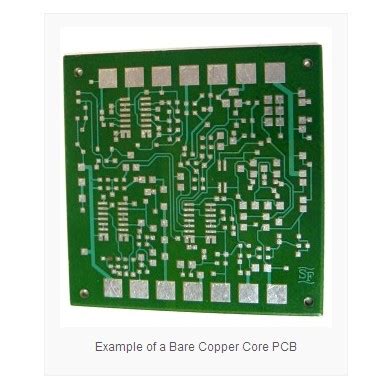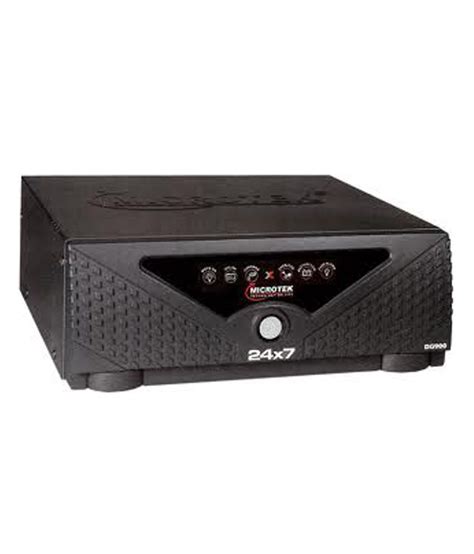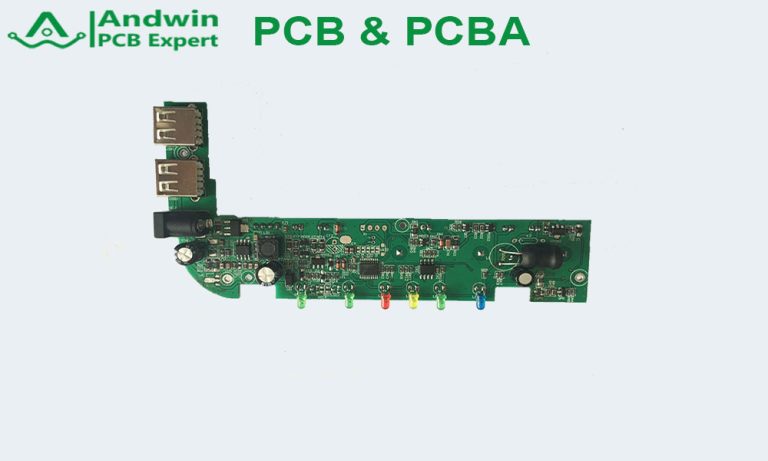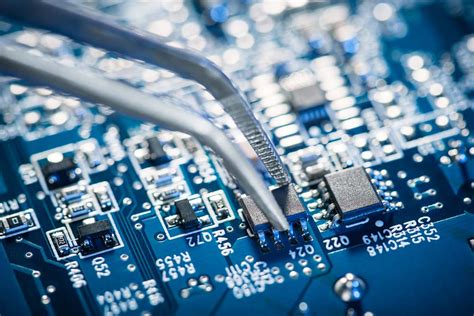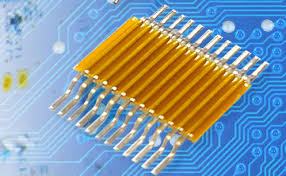Efficient Techniques for Through Hole Assembly in Electronics
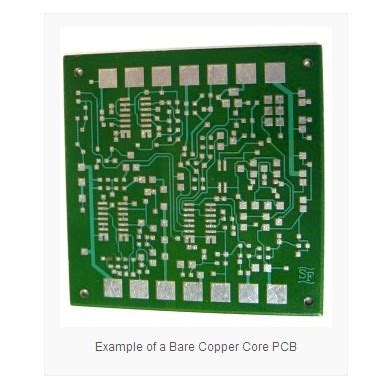
Key Takeaways
In today’s rapidly advancing electronic landscape, through hole assembly remains a critical technique in pcb assembly and pcba processes. Understanding the principles and techniques involved in this method is essential for enhancing efficiency and ensuring reliable performance. The ## Key Takeaways from this exploration of through hole assembly include:
Thorough knowledge of the various soldering techniques can enhance the quality and durability of electrical connections. Effective soldering is essential to prevent defects and encourage longevity in the final product.
Utilizing appropriate tools is paramount. Advanced technologies, such as automated pick-and-place machines and precision soldering equipment, can significantly boost productivity while reducing the likelihood of human error.
Embracing innovative methods not only improves efficiency but also enhances precision in assembly. Techniques such as wave soldering or selective soldering can be integrated into standard practices for improved results.
Problem-solving is critical; understanding common challenges associated with through hole assembly—like thermal fatigue or poor solder joint quality—and implementing effective solutions is necessary for continual improvement.
Ongoing quality control practices and rigorous testing protocols ensure that every stage of the process meets industry standards, which ultimately leads to an enhanced reputation for reliability in electronics manufacturing.
"Efficiency in pcb assembly processes not only saves time but also minimizes costs."
By incorporating these elements into their workflows, manufacturers can foster a culture of excellence and innovation within their through hole assembly operations, positioning them to thrive amid changing market demands.
| Aspect | Importance |
|---|---|
| Knowledge of Techniques | Reduces defects |
| Tools & Equipment | Boosts productivity |
| Innovative Methods | Enhances precision |
| Quality Control | Ensures reliability and compliance |
In conclusion, understanding these key takeaways equips professionals with the insights needed to excel in through hole assembly, ensuring that they deliver high-quality electronic products efficiently and reliably.
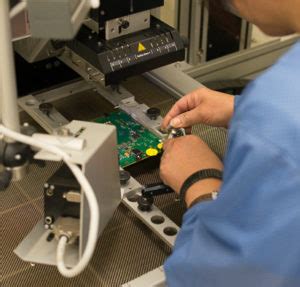
Understanding Through Hole Assembly: Principles and Techniques
Through hole assembly is a crucial technique in the realm of pcb assembly and pcba processes, particularly when reliable electrical connections are paramount. This method involves inserting component leads through drilled holes in a printed circuit board, ensuring a firm physical connection that can withstand mechanical stress. The fundamental principles of through hole assembly emphasize the importance of precise alignment and secure soldering to maintain electrical integrity and durability. Techniques such as selective soldering and wave soldering play vital roles in enhancing the efficiency of this process, minimizing potential errors that can compromise circuit functionality. Utilizing tools like soldering irons, solder paste dispensers, and reflow ovens further optimizes through hole assembly by reducing assembly time while improving accuracy. An understanding of the thermal properties involved during soldering is also essential, as this can influence both the quality of the joint and the overall performance of the pcba. Ultimately, mastering through hole assembly techniques not only elevates productivity but also ensures that electronic devices meet their required standards for reliability and performance.
Best Practices for Efficient Through Hole Assembly
To achieve optimal results in through hole assembly processes, it is essential to embrace a set of best practices that enhance both efficiency and effectiveness. Firstly, the careful selection of pcb assembly components is crucial; ensuring compatibility with the intended circuit board design reduces the potential for errors during assembly. Additionally, employing precise hole drilling techniques can minimize defects and enhance alignment, thereby ensuring that connections are both reliable and durable.
Utilizing adequate tools and equipment further supports efficient assembly. For instance, leveraging automated soldering machines can dramatically reduce manual labor while improving the consistency of solder joints, which is vital for achieving high-quality pcba results. Furthermore, maintaining a clean working environment free from contaminants can significantly affect the integrity of electrical connections; therefore, regular inspection and cleaning should be incorporated into daily practices.
It is also beneficial to adopt a systematic approach to assembly line organization. Arranging tools and components in a logical sequence not only speeds up the workflow but also minimizes downtime during the assembly process. Training personnel on standardized operating procedures ensures that everyone understands their responsibilities and that best practices are followed consistently.
By integrating these best practices into through hole assembly, manufacturers can significantly boost productivity while ensuring that electrical connections remain robust and reliable over time. Ultimately, this strategic approach helps in achieving superior product quality in competitive electronics markets.
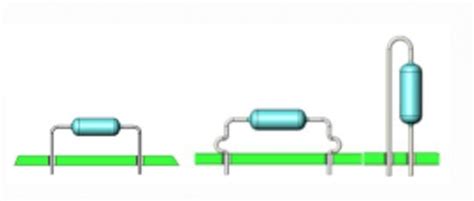
Tools and Equipment for Enhanced Through Hole Assembly
In the realm of pcb assembly, having the right tools and equipment is paramount for achieving effective and efficient through hole assembly. The foundation of any well-executed assembly process relies on high-quality components that ensure proper fit and function. Utilizing precision drills and soldering stations enhances the consistency of insertions, while specialized fixtures can facilitate accurate positioning of components on printed circuit boards (PCBs). Moreover, integrating automated pick-and-place machines can significantly reduce manual labor, increasing overall productivity in the assembly line. Such technology not only streamlines processes but also minimizes risks associated with human error, ultimately leading to more reliable pcba outputs. Additionally, employing tools like thermal cameras for real-time monitoring during soldering can help maintain ideal temperature settings, which is crucial for achieving optimal joint integrity. Innovative equipment choices, combined with seasoned techniques, lay the groundwork for improving efficiency in every phase of through hole assembly—building a platform for both consistency and quality in electronic products.
Innovative Methods to Improve Through Hole Assembly Precision
In the realm of pcb assembly, achieving high levels of precision during the through hole assembly process is paramount for the functionality and reliability of electronics. A variety of innovative methods exist to enhance precision in this critical phase, beginning with advanced software tools that offer simulation and modeling capabilities before actual assembly. These tools can predict potential alignment issues, significantly reducing errors during physical assembly. Furthermore, employing automated pick-and-place systems can also play a substantial role; these systems are designed to precisely place components onto a printed circuit board (PCB), minimizing human error and maximizing consistency across the production line.
Another technique gaining traction is the use of high-quality solder pastes that form stronger, more reliable connections upon heating, which is vital for pcba integrity. Additionally, incorporating inspection technologies, such as automated optical inspection (AOI), allows manufacturers to detect misalignments or defects in real-time. Utilizing soldering jigs designed specifically for various components can also enhance precision by securing parts during the soldering process and preventing movement. To further support this effort, integrating real-time monitoring systems helps ensure that all variables are constantly assessed throughout production, allowing for immediate adjustments if necessary.
By implementing these innovative methods, manufacturers can significantly improve through hole assembly precision, thereby enhancing overall product reliability in today’s fast-paced electronics market.
Common Challenges in Through Hole Assembly and Their Solutions
Through hole assembly in electronics, particularly in pcb assembly, presents various challenges that can significantly impact productivity and the overall quality of the pcba process. A primary concern is achieving alignment during the insertion of components into drilled holes. Misalignment can lead to poor solder joints, which undermine electrical connections. To address this, utilizing specialized alignment fixtures or automated insertion equipment can ensure precision during placement. Another common issue is the soldering process itself, where excess solder can create bridges between pins or lead to cold solder joints. To combat this, it’s vital to implement proper thermal control and follow best practices in solder application techniques. Additionally, workers may encounter difficulties with cleaning the board after assembly, as residues can affect reflow during secondary processes. Employing effective solvent solutions and automated cleaning systems can greatly enhance cleanliness on the printed circuit board (PCB) surface. By recognizing these challenges early on and applying suitable solutions, manufacturers can enhance both the efficiency and quality of through hole assembly in their electronic components.
Quality Control and Testing in Through Hole Assembly Processes
In the realm of through hole assembly, ensuring the utmost quality control and rigorous testing processes is paramount to achieving reliable electronic components, particularly in pcb assembly and pcba. Quality control measures encompass a variety of methodologies aimed at scrutinizing each step of the assembly process. This includes inspections after component placement, solder joint evaluations, and functional testing to confirm that all connections are intact and performing as expected. Employing techniques such as Automated Optical Inspection (AOI) allows for early detection of common defects, while in-circuit testing verifies the integrity of electrical connections and performance expectations of the assembled units. Furthermore, utilizing advanced tools such as thermal profiling ensures that soldering processes reach optimal temperatures for reliability, thus maintaining consistent quality throughout batches. By integrating these practices into the through hole assembly workflow, manufacturers can significantly reduce error rates and enhance overall productivity while ensuring that every pcba meets stringent quality standards before reaching the end user.
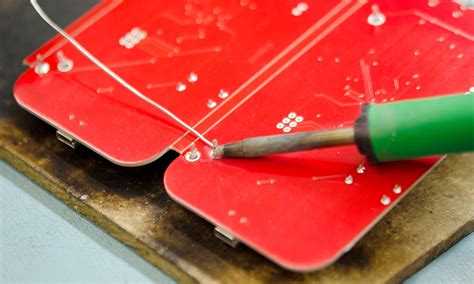
Future Trends in Through Hole Assembly Technology
As the electronics industry continues to evolve, through hole assembly techniques are expected to adapt significantly, driven by advancements in technology and the growing demand for miniaturization. One prominent trend is the increasing integration of automation within the pcb assembly process, which enhances both speed and accuracy during production. Automated systems can streamline operations, reducing the risk of human error while optimizing material usage. Additionally, as manufacturers seek to improve pcba efficiency, we can expect enhanced inspection technologies, such as automated optical inspection (AOI) and X-ray imaging, which will play a crucial role in ensuring reliable electrical connections. These technologies not only provide real-time feedback but also help identify and rectify defects earlier in the production cycle. Furthermore, with the rise of smart manufacturing, data analytics may become integral to managing through hole assembly processes—allowing for predictive maintenance and better resource allocation. Embracing these emerging trends will not only strengthen operational efficiency but also contribute to the overall quality and reliability demanded by today’s high-performance electronics market.
Conclusion
In summary, the process of through hole assembly remains a cornerstone in the field of electronics, particularly in pcb assembly applications. As manufacturers strive for enhanced efficiency and precision, implementing innovative techniques can significantly improve the quality of the final product. These methods not only focus on streamlining production workflows but also address key concerns related to maintaining the integrity of electrical connections within the assembly. Adopting best practices and utilizing appropriate tools can lead to effective pcba processes that ensure reliable functionality and durability of electronic devices. Additionally, understanding past challenges and remaining adaptable to emerging technologies will pave the way for a future where through hole assembly continues to thrive amidst evolving industry demands. By prioritizing these strategies, businesses can not only enhance productivity but also maintain high standards in quality control and testing, ultimately achieving a competitive edge in today’s fast-paced market.
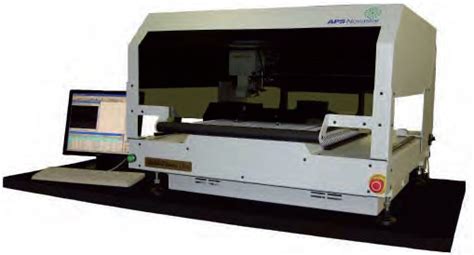
FAQs
What is through hole assembly in PCB assembly?
Through hole assembly in pcb assembly refers to the process of inserting electronic components into holes drilled in a printed circuit board (PCB). These components have leads that pass through the holes and are soldered from the opposite side, creating robust mechanical and electrical connections.
What are the benefits of using through hole technology (THT) in electronics?
The primary benefits of THT include its suitability for high-stress applications, superior thermal resistance, and the ability to handle larger components. Through hole components are generally more durable than surface-mounted devices (SMD), which makes them ideal for heavy-duty applications.
How does through hole assembly compare to surface mount technology (SMT)?
While both methods have their advantages, pcba using through hole assembly tends to provide stronger connections due to the leads being secured on both sides of the board. Conversely, surface mount technology allows for a denser circuit layout and is generally faster to assemble.
What tools are commonly used in through hole assembly?
Common tools include soldering irons, soldering stations, automated pick-and-place machines for component placement, and inspection tools such as magnifying lamps or digital inspection cameras. A proper setup can significantly enhance through hole assembly efficiency.
What challenges may arise during the through hole assembly process?
Challenges include ensuring consistent solder quality, managing component placement accuracy, and minimizing thermal stress on electronic components. Implementing quality control measures can help mitigate these issues.

